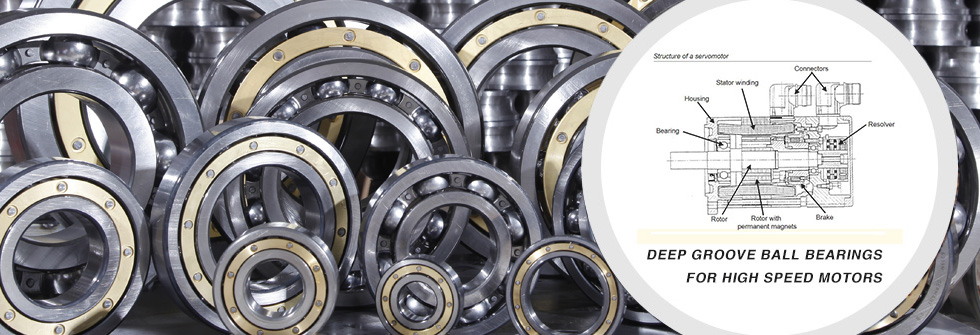About Relubricating Larger Bearings
2015-08-20Relubricating Larger Bearings
Larger electric motor bearings, such as cylindrical roller bearings used in some motor applications, are likely to require relubrication. Because these bearings tend to be more expensive, relubricating them makes financial sense.
Some tips:
Electric motor OEM recommendations regarding grease quantity and relubrication intervals generally reflect the expert input of the OEM’s bearings and lubricant suppliers. The recommendations are critical to achieving maximum electric motor bearing service life.
Although new-generation greases, such as the low-noise polyurea grease mentioned earlier, reduce the risk of compatibility problems, that risk still exists to some degree. When two incompatible greases are mixed, lubricating capability often deteriorates. The resulting mixture tends to have a softer consistency and a lower operating temperature, leading to oil leakage and potential bearing failure. To avoid this problem, select a refill grease that is compatible with the original grease used in the bearing.
Most large electric motors are equipped with a grease fitting and a drain plug. When relubricating, thoroughly clean the grease fitting and the area around it to avoid contaminating the grease. Then pump new grease into the bearing through the fitting while allowing the old grease to exit through the open drain. After injecting the recommended amount of grease, run the motor with the drain open until the bearing has a chance to purge all the excess grease. When the grease stops exiting the drain, plug the drain securely.
For certain applications, automatic bearing lubricators provide an alternative to manual electric motor bearing relubrication. These self-contained units, which deliver lubrication to bearings at a consistent rate, are particularly useful in remote or hard-to-access applications, such as exhaust fan motors located on factory roofs. They yield additional user benefits in high-contaminant environments, where the consistent lubrication process flushes contaminants from bearing cavities.











